Home>Articles>How To Cool Down A Room Without Air Conditioning
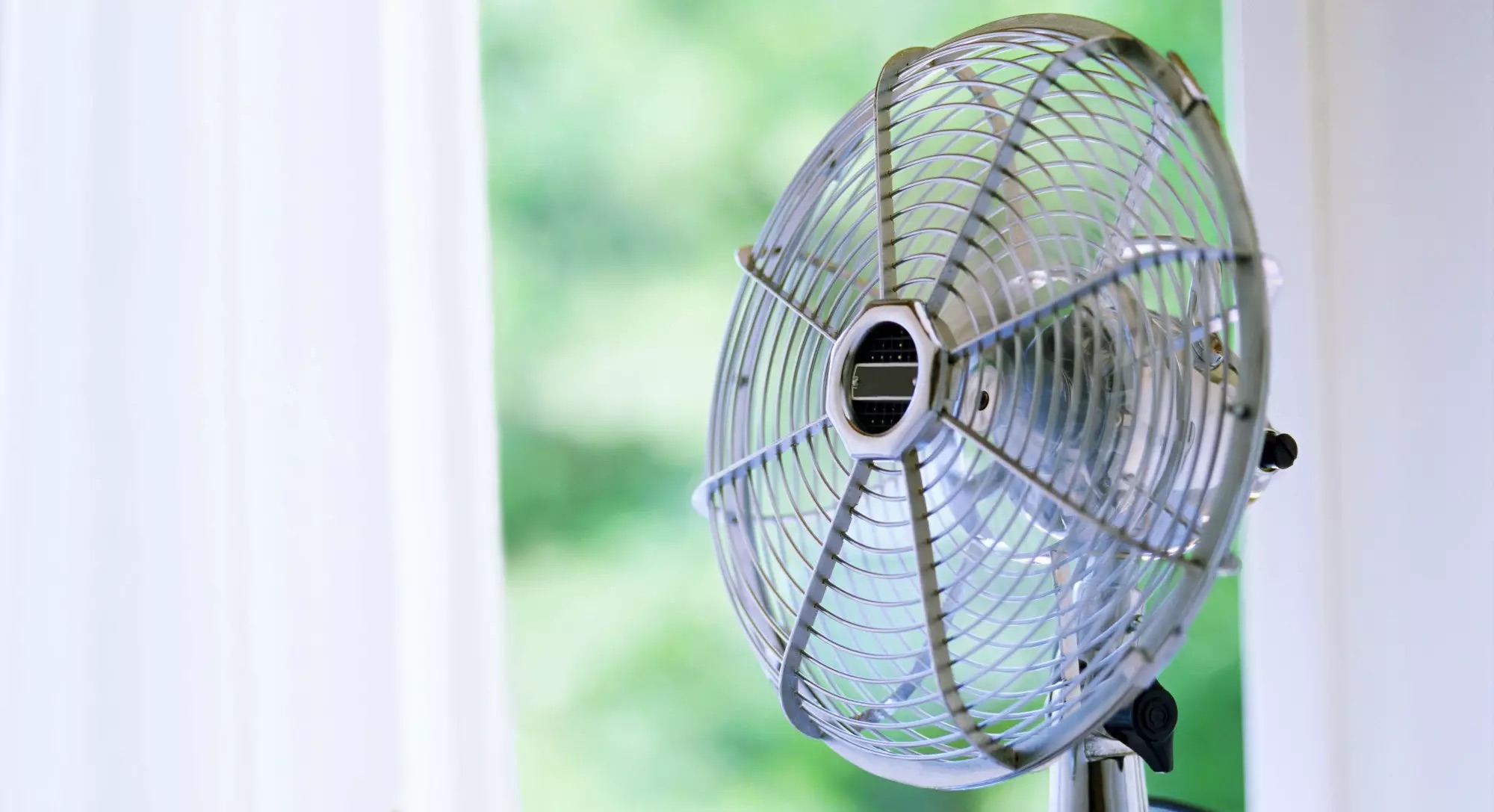

Articles
How To Cool Down A Room Without Air Conditioning
Modified: September 2, 2024
Looking for ways to keep your room cool without AC? Check out our informative articles on effective methods to beat the heat and stay comfortable all summer long.
(Many of the links in this article redirect to a specific reviewed product. Your purchase of these products through affiliate links helps to generate commission for Storables.com, at no extra cost. Learn more)
Introduction
During hot summer days, the sweltering heat can make it unbearable to stay indoors without air conditioning. While air conditioners provide instant relief, they can be costly to operate and are not always energy-efficient. Fortunately, there are several effective strategies you can employ to cool down a room without relying on air conditioning.
In this article, we will explore various methods and techniques to help you create a cool and comfortable environment in your home or office. Whether you’re looking to save on energy costs, reduce your environmental impact, or simply want an alternative to air conditioning, these tips can help you beat the heat naturally.
Before diving into the specifics, it’s important to understand the factors that contribute to the temperature of a room. Factors such as sunlight exposure, airflow, humidity, and heat sources all play a role in determining how hot or cool a room feels. By addressing these factors strategically, you can effectively cool down any space.
Key Takeaways:
- Beat the heat naturally by maximizing natural ventilation, blocking out heat, controlling humidity, and using fans. Get creative with DIY air coolers and enjoy a comfortable, cost-effective, and refreshing indoor environment without air conditioning.
- Understand the factors affecting room temperature and implement a combination of strategies to cool down a room naturally. From utilizing cool water to maximizing indoor shade, stay cool, save energy, and make the most of your living or working space.
Understanding the Factors Affecting Room Temperature
Before implementing any cooling strategies, it’s crucial to understand the factors that contribute to the temperature of a room. By identifying these factors, you can make informed decisions to create a more comfortable environment.
Firstly, sunlight exposure is a significant factor. Rooms that receive direct sunlight throughout the day tend to become much hotter. To minimize the impact of sunlight, consider using window coverings such as blinds, curtains, or reflective films to block or reflect the sun’s rays.
Airflow is another crucial element in determining room temperature. Poor airflow can lead to stagnant, hot air, while proper airflow promotes a cooler and more comfortable environment. You can enhance airflow by opening windows and doors, using fans, or utilizing natural ventilation techniques.
Humidity levels can also greatly affect the perceived temperature. High humidity can make a room feel much hotter and can lead to discomfort and excessive sweating. To control humidity, consider using a dehumidifier or utilizing natural methods such as placing bowls of water or using houseplants that naturally absorb moisture.
Lastly, heat sources within a room, such as appliances, electronic devices, and even lighting, contribute to the overall temperature. Minimize heat sources by turning off unnecessary electronics, using energy-efficient appliances, and replacing traditional incandescent light bulbs with energy-saving LED bulbs.
By understanding these factors and how they impact the temperature of a room, you can begin implementing strategies to effectively cool down your space without relying solely on air conditioning.
Utilizing Natural Ventilation
One of the simplest and most effective ways to cool down a room without air conditioning is by harnessing the power of natural ventilation. By strategically opening windows and using cross ventilation techniques, you can promote the flow of fresh air and create a cooler indoor environment.
Start by identifying the direction of the prevailing wind in your area. This can typically be determined by observing the movement of trees, flags, or wind indicators. Once you know the direction of the wind, open windows on opposite sides of the room or house to create cross ventilation. This allows cool air to enter from one side while expelling hot air through the other side.
Another technique is to create a wind tunnel effect by opening windows on one side of the room or house. This creates a pathway for the wind to enter and circulate throughout the space, effectively cooling it down. Consider using fans to further enhance airflow and distribute the cool air evenly.
In addition to windows, utilizing other openings such as doors, vents, and skylights can also contribute to natural ventilation. By strategically opening and closing these openings, you can control the flow of air and optimize cooling.
It’s important to note that natural ventilation works best during cooler times of the day, such as early morning and late evening. During the hottest parts of the day, when outdoor temperatures are at their peak, it may be more effective to close windows and blinds to prevent the hot air from entering the space.
Lastly, consider using outdoor shading elements such as trees, awnings, or pergolas to provide shade and reduce direct sunlight exposure. This not only helps to keep the room cooler but also prevents the buildup of heat through windows and walls.
By embracing natural ventilation techniques and optimizing airflow, you can significantly lower the temperature of a room without relying on air conditioning. This approach not only saves energy and reduces costs but also provides a refreshing and comfortable indoor environment.
Blocking Out the Heat
Another effective strategy to cool down a room without air conditioning is to block out the heat from entering the space. By preventing excessive heat transfer through windows, walls, and other sources, you can maintain a cooler environment indoors.
One of the most common methods to block out heat is by using window coverings such as blinds, curtains, or shades. Opt for light-colored or reflective materials that have the ability to reflect solar radiation and prevent the buildup of heat inside the room. Additionally, consider using blackout curtains or thermal blinds that have insulating properties to provide an extra layer of heat protection.
Another way to block heat is by using window films or tinting. These thin coatings can be applied to windows, reducing the amount of heat transmitted into the room while still allowing natural light to enter. Window films also offer the added benefit of reducing glare and protecting furniture and flooring from sun damage.
In addition to window coverings, it’s important to seal any gaps or cracks around windows, doors, and walls. These small openings can allow hot air to seep into the room, compromising its cooling efficiency. Use weatherstripping or caulking to seal these gaps and improve insulation.
If you’re dealing with excessive heat from the roof or attic, consider using insulation to minimize heat transfer. Adequate insulation can help keep your home cooler by preventing the penetration of outside heat through the roof or walls. Additionally, reflective insulation materials can further reduce heat gain.
It’s worth mentioning that reducing heat-generating activities and appliances can also contribute to blocking out the heat. Avoid using heat-generating appliances like ovens, dryers, or stovetops during the hottest parts of the day. Instead, opt for cooler cooking methods or utilize outdoor grills. Additionally, switching to energy-efficient appliances can help reduce heat emissions and keep the room cooler overall.
By implementing these strategies to block out the heat, you can significantly reduce the temperature in a room and create a more comfortable indoor environment without relying on air conditioning.
Controlling Humidity
In addition to temperature, humidity levels can greatly impact the comfort of a room. High humidity can make the air feel heavy and muggy, leading to discomfort and difficulty in cooling down. By effectively controlling humidity, you can create a more pleasant and cool indoor environment.
One of the simplest ways to control humidity is by using a dehumidifier. Dehumidifiers work by removing excess moisture from the air, which helps prevent the buildup of humidity in the room. Set the dehumidifier to a comfortable level, typically between 30-50%, to achieve optimal humidity control.
Alternatively, you can employ natural methods to reduce humidity. One such method is placing bowls of water or moist towels in the room. As the water evaporates, it absorbs moisture from the air, effectively reducing humidity levels. Additionally, incorporating houseplants like spider plants, peace lilies, or Boston ferns can naturally absorb moisture and regulate humidity.
Proper ventilation also plays a crucial role in controlling humidity. Ensure that the room has adequate airflow by opening windows, using fans, or utilizing natural ventilation techniques. This helps to circulate the air and prevent the buildup of stagnant, humid air within the space.
During periods of high humidity, it’s essential to avoid activities that generate moisture. Activities such as cooking, showering, or drying clothes indoors can significantly increase humidity levels. Whenever possible, ventilate these areas by using exhaust fans or opening windows to allow the humid air to escape.
Lastly, maintaining a stable temperature can also contribute to controlling humidity. Sudden fluctuations in temperature can cause condensation, leading to increased humidity levels. Aim to keep the room at a consistent temperature to minimize condensation and maintain a comfortable humidity level.
By effectively controlling humidity, you can create a more comfortable indoor environment and enhance the cooling effects of other strategies. Whether you choose to use a dehumidifier or employ natural methods, keeping humidity in check is crucial for achieving optimal comfort without relying on air conditioning.
Using Fans and Ceiling Fans
Fans, both portable and ceiling fans, are incredibly effective tools for cooling down a room without air conditioning. By creating airflow and promoting evaporation, fans can provide a refreshing and cooling sensation, making a room more comfortable even in the hottest weather.
Portable fans are versatile and can be placed anywhere in the room to direct airflow. Position them strategically near windows or doors to draw in cooler air from outside, or place them across the room to circulate air and create a breeze. Experiment with different fan speeds and angles to find the most comfortable airflow for your space.
Ceiling fans are particularly helpful in maintaining a cool environment as they can circulate air effectively throughout the entire room. During the summer months, ensure that your ceiling fan is rotating in the counterclockwise direction. This pushes air downwards, creating a wind-chill effect that can make the room feel up to 4 degrees Fahrenheit (2 degrees Celsius) cooler.
To enhance the cooling effect of fans, consider using the ice or cold water method. Fill a large bowl or tray with ice or cold water and place it in front of the fan. As the fan blows air over the ice or water, the resulting evaporative cooling can provide a refreshing breeze that helps to lower the temperature in the room.
For optimal cooling, place fans strategically alongside other cooling methods. For example, position a fan near an open window to draw in cool air or use it in conjunction with natural ventilation techniques to enhance airflow throughout the room.
It’s important to note that while fans are effective at cooling people and creating a comfortable environment, they do not actually lower the temperature of the room. Therefore, it’s advisable to turn off fans when you’re not in the room to save energy.
By utilizing fans, both portable and ceiling fans, you can significantly improve airflow and create a refreshing breeze that helps to cool down a room. Incorporate fans into your cooling strategy for a cost-effective and efficient way to stay comfortable without relying on air conditioning.
Use fans strategically by placing them near windows to create a cross breeze. Close curtains or blinds during the hottest part of the day to block out sunlight. Open windows at night to let in cooler air.
Employing Strategic Curtain and Blind Use
Curtains and blinds not only add style to a room but also play a significant role in controlling light and heat. By strategically using curtains and blinds, you can block out the sun’s rays, reduce heat gain, and create a cooler and more comfortable environment.
During the hottest parts of the day, it’s essential to keep curtains and blinds closed to prevent direct sunlight from entering the room. Choose light-colored or reflective curtains that have a high opacity to effectively block out sunlight and reduce heat transfer. Additionally, select curtains made from insulating materials, such as thermal-backed or blackout curtains, to provide an extra layer of heat resistance.
Blinds are another excellent option for controlling light and heat. Adjustable blinds allow you to filter the amount of sunlight entering the room while still maintaining some visibility. This allows for natural light to come through while reducing the heat gain from direct sunlight. Adjust the blinds to an angle that deflects the sunlight away from the room while still allowing for ventilation and airflow.
For optimal cooling, consider using double-layered window treatments. In warmer climates, a sheer curtain can be hung behind a heavier curtain or blind. During the day, the sheer curtain can be left closed to diffuse sunlight and maintain privacy while still allowing natural light to enter. In the evening, when the temperature cools down, both layers can be opened to promote natural ventilation.
It’s also important to consider the use of window coverings for windows that face different directions. For windows that receive direct sunlight for an extended period, it’s crucial to have curtains or blinds that provide maximum heat blocking and insulation. On the other hand, windows that are shaded or face a cooler direction can have more lightweight and translucent coverings to allow more natural light into the space.
By strategically using curtains and blinds, you can effectively control the amount of sunlight and heat that enters a room. This provides an opportunity to keep the room cooler and more comfortable, even in the peak of the summer heat. Experiment with different curtain and blind combinations to find the most efficient solution for your space.
Maximizing Indoor Shade
One effective way to cool down a room without air conditioning is by maximizing indoor shade. By shading the interior space, you can reduce direct sunlight exposure, minimize heat gain, and create a cooler environment.
Start by utilizing window coverings such as curtains, blinds, or shades. Close them during the hottest parts of the day to block out the sun’s rays and prevent them from penetrating into the room. Opt for light-colored or reflective materials that can effectively reflect sunlight and minimize heat transfer.
In addition to window coverings, consider using exterior shading devices such as awnings, pergolas, or outdoor shades. These structures can be strategically placed outside of windows or doors to provide shade and block direct sunlight. They not only prevent heat from entering the room but also create a comfortable outdoor sitting area.
Another way to maximize indoor shade is by using room dividers or furniture to strategically block sunlight. Position tall bookshelves, screens, or folding screens near windows to create a barrier that prevents direct sunlight from reaching the interior space. This helps to keep the room cooler and reduces the need for artificial cooling methods.
Utilizing indoor plants is also an excellent way to provide natural shade and cool down a room. Place tall and leafy plants near windows or entryways to block sunlight and create a natural barrier. Plants have the added benefit of absorbing heat and releasing moisture through transpiration, which can help lower the temperature and increase humidity in the room.
If you have a balcony or patio adjacent to the room, consider hanging outdoor curtains or installing a retractable awning. This allows you to extend the shade indoors and create a more comfortable environment. Alternatively, consider using sun-blocking films or removable window tinting to reduce the amount of UV rays that enter the room.
By maximizing indoor shade, you can significantly reduce heat gain and create a more pleasant and cool environment. Implement various shading techniques, both indoors and outdoors, to block out direct sunlight and keep the room comfortable throughout the day. Experiment with different methods to find the most effective solution for your space and personal preferences.
Utilizing Cool Water
Water can be a powerful tool in cooling down a room without air conditioning. By utilizing cool water in different ways, you can create a refreshing and comfortable environment even on the hottest days.
One simple way to utilize cool water is by placing bowls or trays filled with ice or cold water in strategic locations around the room. As the ice or water evaporates, it absorbs heat from the surrounding air, resulting in a cooling effect. Position them near fans or open windows to enhance the airflow and distribute the coolness throughout the space.
A wet towel can also be used to provide instant relief from the heat. Dampen the towel with cool water and place it on your neck, forehead, or wrists. The evaporation of water from the towel helps to cool down your body temperature and create a more comfortable sensation.
Consider using a spray bottle filled with cool water to mist yourself or the surrounding area. Spraying a fine mist of water on your face, arms, and legs can provide instant relief and quickly lower your body temperature.
If you have access to an outdoor space, such as a patio or garden, consider setting up a misting system or installing a sprinkler. The fine mist or gentle spray not only cools the air but also creates a pleasant and refreshing atmosphere. Position yourself near the misting area or enjoy the cooling effect from a distance.
Additionally, cool water can be used to create a DIY air cooler. Fill a shallow tray or container with cold water and place it in front of a fan. As the fan blows air over the water, it creates a cooling mist effect. This method can significantly lower the temperature of a room and provide a refreshing breeze.
Lastly, taking a cool shower or bath before entering a room can help lower your body temperature and provide temporary relief from the heat. As your body evaporates the water from your skin, you will experience a cooling effect that can last for a significant amount of time, making the room feel more comfortable.
By incorporating cool water into your cooling strategy, you can create a refreshing and comfortable environment without relying on air conditioning. Experiment with different methods and find the ones that work best for you and your space, allowing you to stay cool and beat the heat naturally.
Read more: How To Insulate A Room For Air Conditioning
Creating a DIY Air Cooler
If you’re looking for an affordable and creative way to cool down a room without air conditioning, consider creating your own DIY air cooler. This simple and effective project utilizes common household items to create a refreshing breeze that can significantly lower the temperature in a room.
Here’s a step-by-step guide to creating your DIY air cooler:
- Start by gathering the necessary materials: a Styrofoam cooler, a small desk fan, a PVC pipe with a diameter that fits the fan, ice packs or frozen water bottles, and a sharp knife.
- Using the knife, cut two holes in the lid of the Styrofoam cooler. One hole should be slightly smaller than the diameter of the fan, and the other hole should be slightly larger than the PVC pipe.
- Insert the PVC pipe into the larger hole in the lid. It should fit snugly and extend to the bottom of the cooler.
- Fill the bottom of the cooler with ice packs or frozen water bottles. These will act as the cooling agents for the air that passes through the PVC pipe.
- Place the small desk fan on top of the lid, positioning it over the smaller hole. Ensure it is secure and aligned with the PVC pipe.
- Turn on the fan and let the cooler work its magic. As the fan blows air over the ice packs or frozen water bottles, the air will be cooled and circulated into the room.
To enhance the cooling effect, consider adding a few drops of essential oil to the ice packs or frozen water bottles. This will release a refreshing scent into the air as the ice melts, providing an extra level of comfort.
It’s important to note that a DIY air cooler may not be as powerful as a traditional air conditioning unit, but it can still provide a significant cooling effect in a small to medium-sized room. You may want to experiment with the placement of the cooler and adjusting the fan speed to find the most optimal setting for your space.
Creating your own air cooler not only saves energy and reduces costs but also allows you to have a hands-on approach in beating the heat. Have fun with this project and enjoy the cool breeze that your DIY air cooler provides.
Conclusion
In conclusion, staying cool in a room without air conditioning is not only possible but also economical and environmentally friendly. By implementing a combination of strategies such as natural ventilation, blocking out the heat, controlling humidity, using fans and ceiling fans, employing strategic curtain and blind use, maximizing indoor shade, utilizing cool water, and even creating a DIY air cooler, you can create a comfortable and refreshing indoor environment even on the hottest days.
Understanding the factors affecting room temperature, such as sunlight exposure, airflow, humidity, and heat sources, is crucial in effectively cooling down a room. By addressing these factors strategically, you can make informed decisions and optimize the cooling potential of each strategy.
Utilizing natural ventilation, whether through windows, doors, or other openings, can significantly improve airflow and promote the circulation of fresh air. Blocking out the heat through the use of window coverings, insulation, and reducing heat-generating activities can help maintain a cooler environment.
Controlling humidity levels through the use of dehumidifiers, natural methods, and proper ventilation is essential for maintaining a comfortable indoor environment. By keeping humidity in check, you can prevent excessive moisture build-up and reduce discomfort.
Fans, both portable and ceiling fans, are effective tools in providing a cool breeze and enhancing airflow in a room. Strategic use of curtains and blinds can help block out sunlight and reduce heat gain, while maximizing indoor shade through various techniques can create a cooler and more pleasant space.
Utilizing cool water, whether through misting, evaporative cooling, or creating a DIY air cooler, provides instant relief and helps lower the temperature in a room. These methods are cost-effective and offer a natural way to beat the heat.
In conclusion, by combining these strategies and tailoring them to your specific space, you can effectively cool down a room without relying solely on air conditioning. Embrace the possibilities, get creative, and enjoy a comfortable and refreshing environment, even during the hottest summer months. Stay cool, save energy, and make the most of your living or working space.
Frequently Asked Questions about How To Cool Down A Room Without Air Conditioning
Was this page helpful?
At Storables.com, we guarantee accurate and reliable information. Our content, validated by Expert Board Contributors, is crafted following stringent Editorial Policies. We're committed to providing you with well-researched, expert-backed insights for all your informational needs.
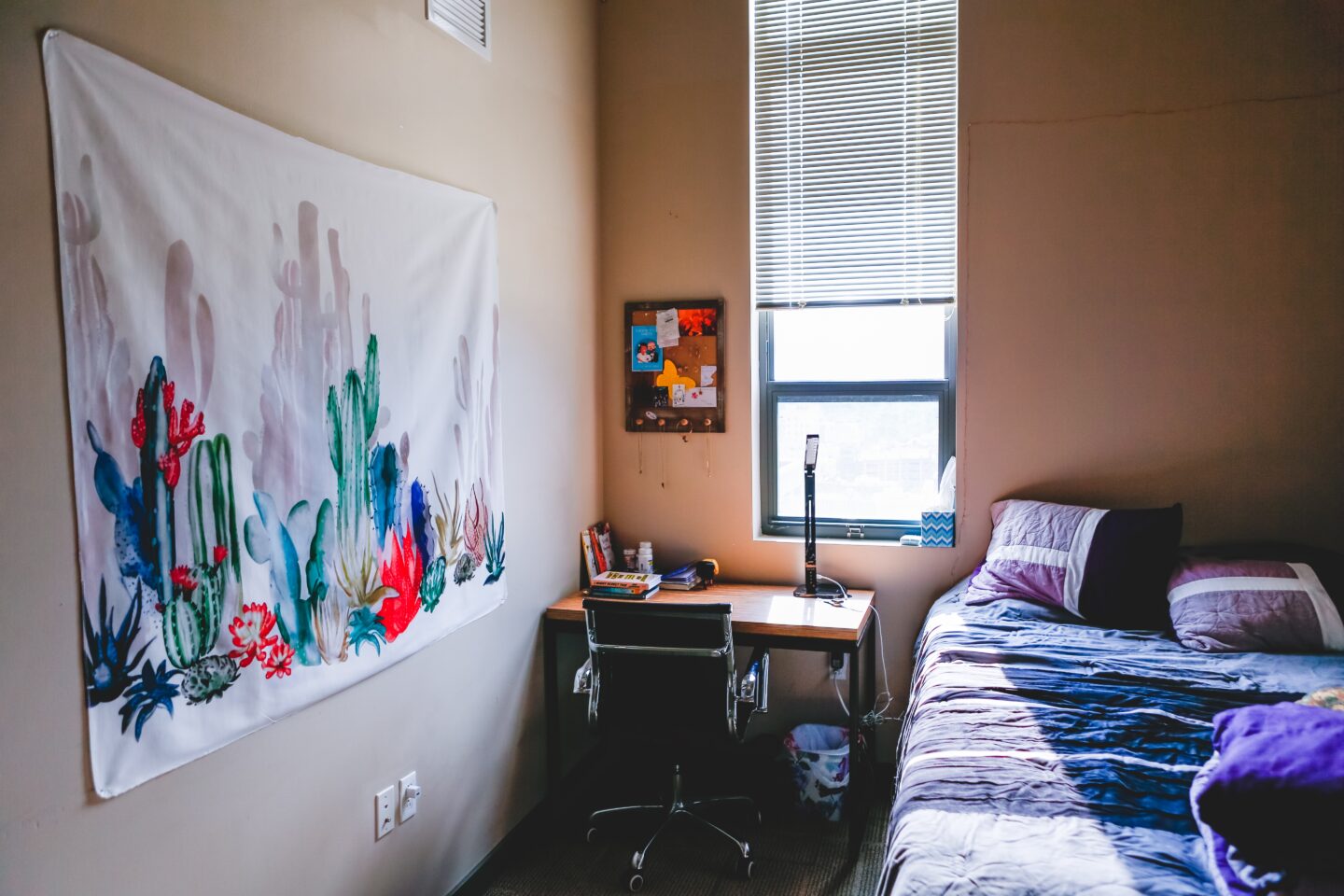




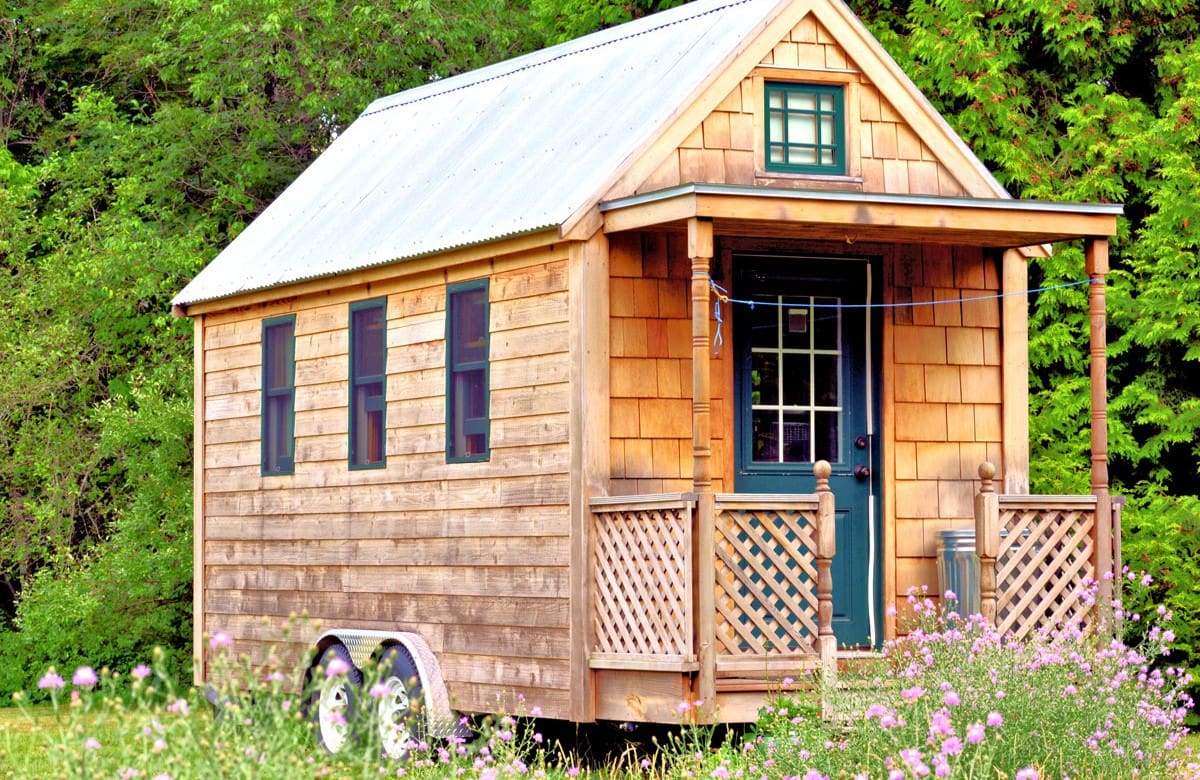
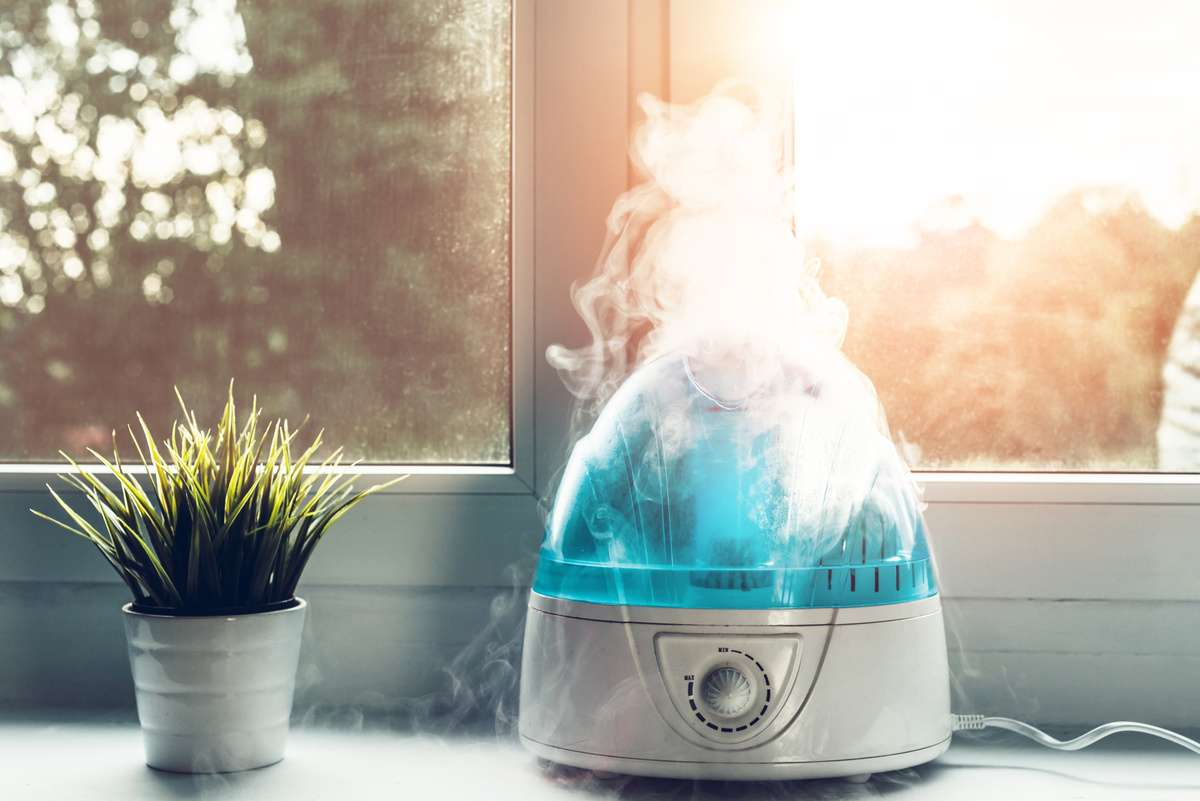



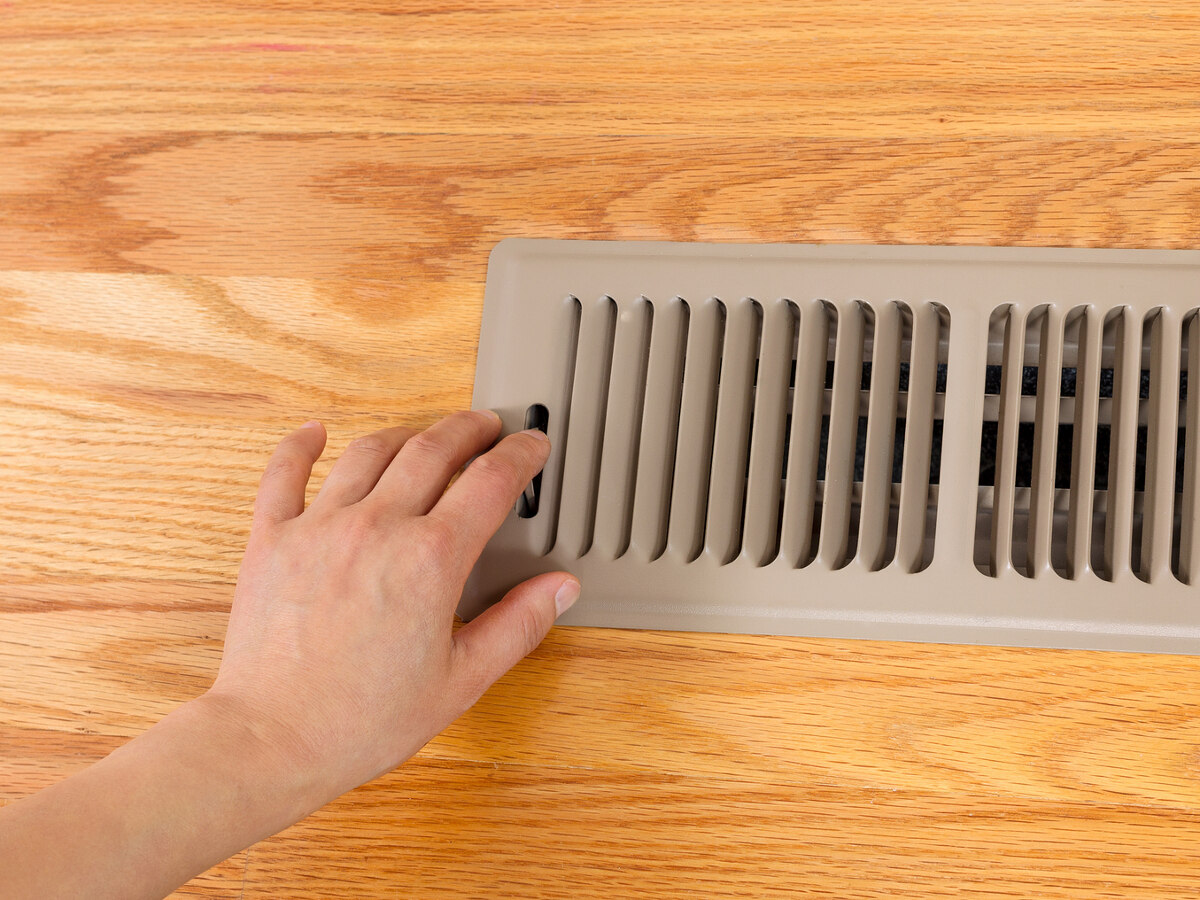
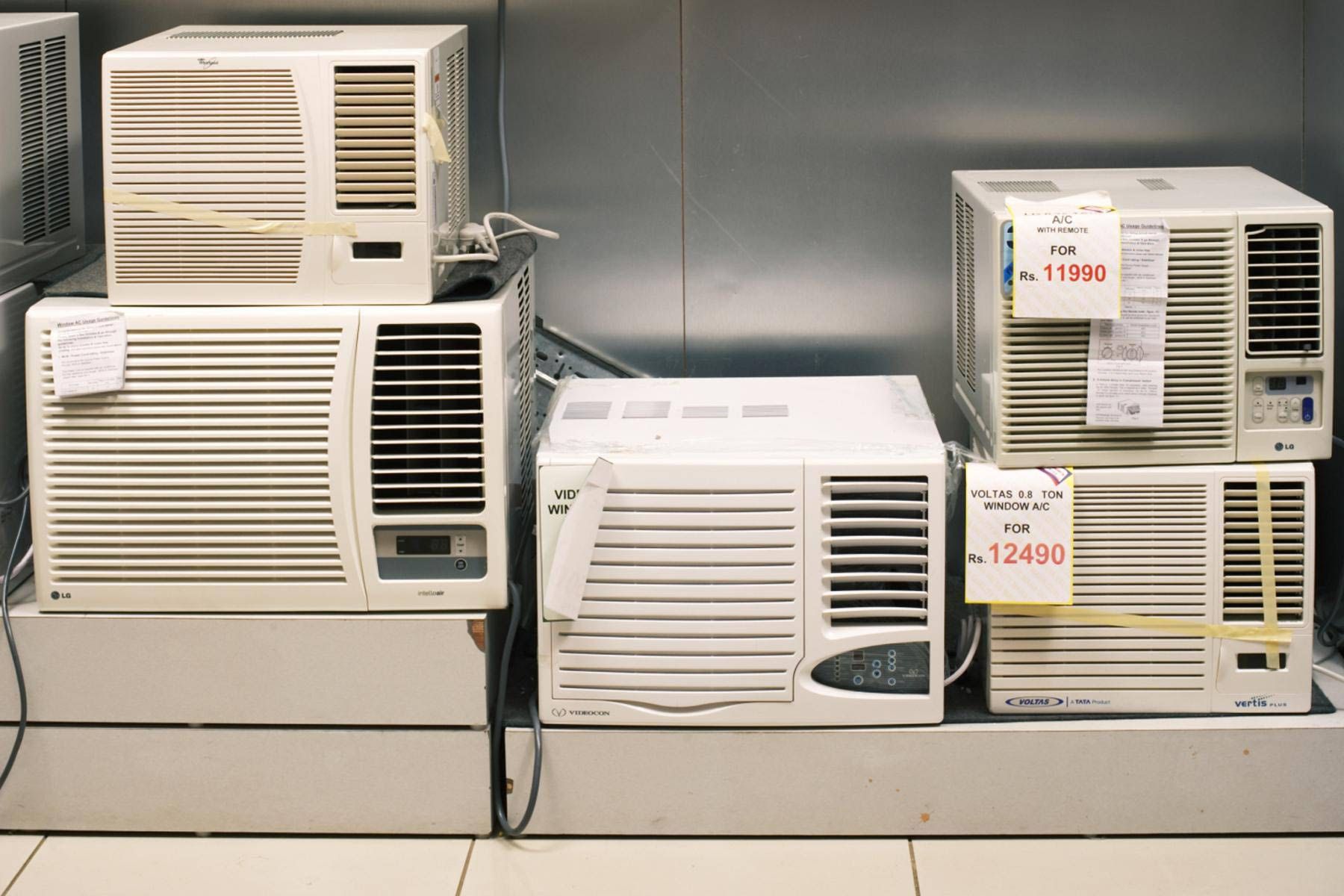
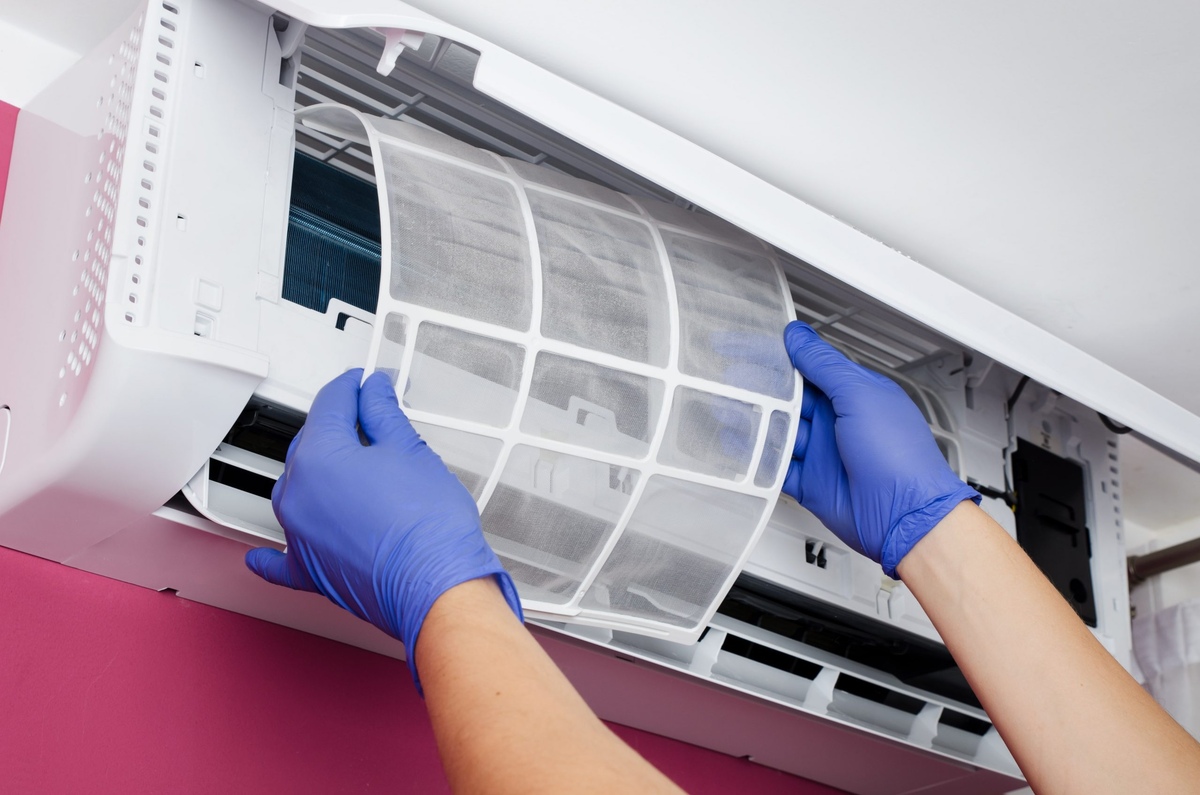

0 thoughts on “How To Cool Down A Room Without Air Conditioning”